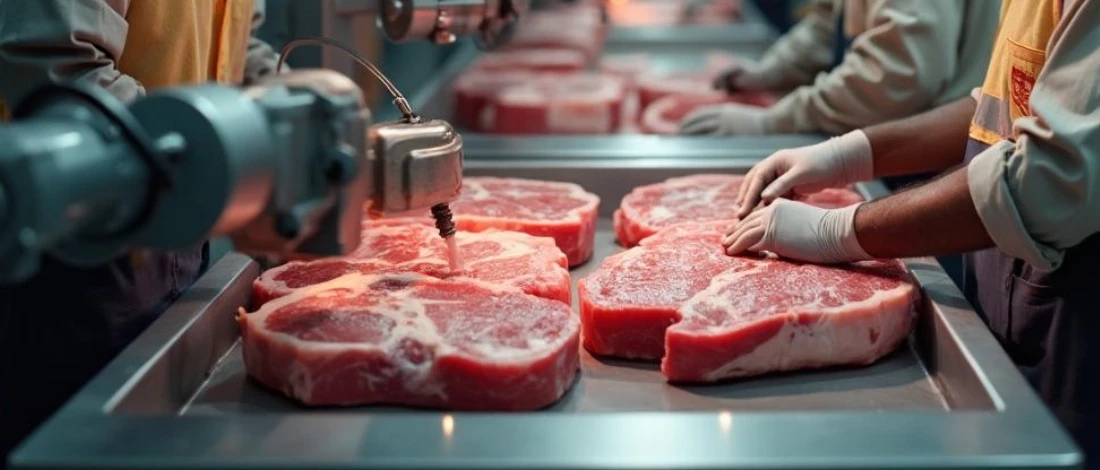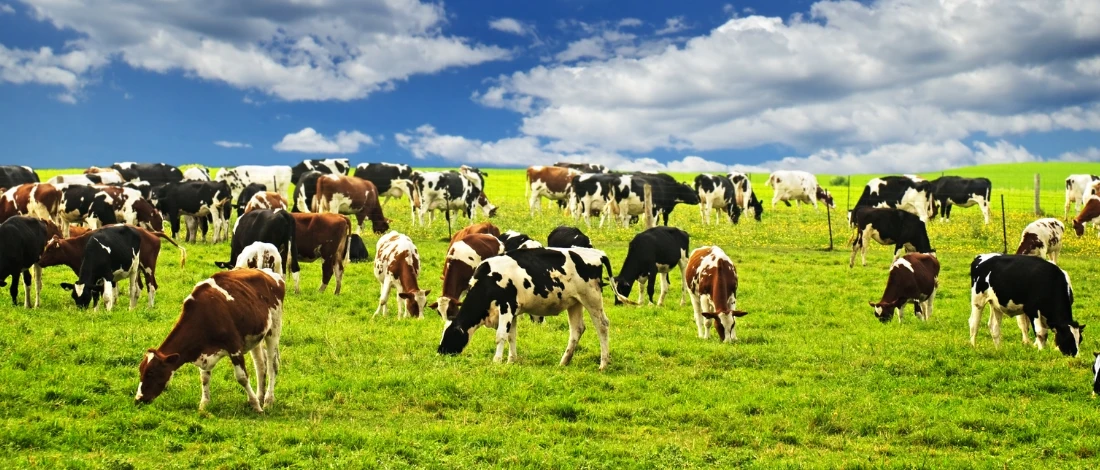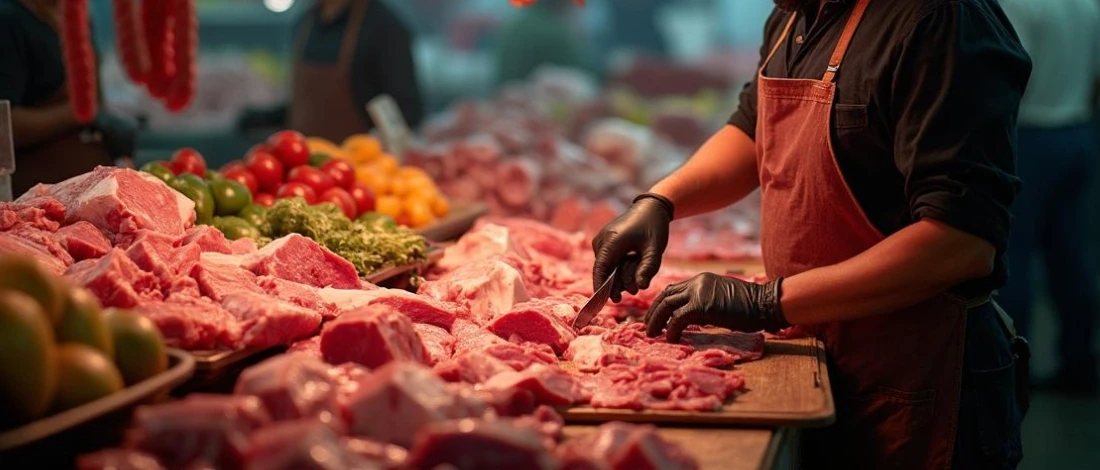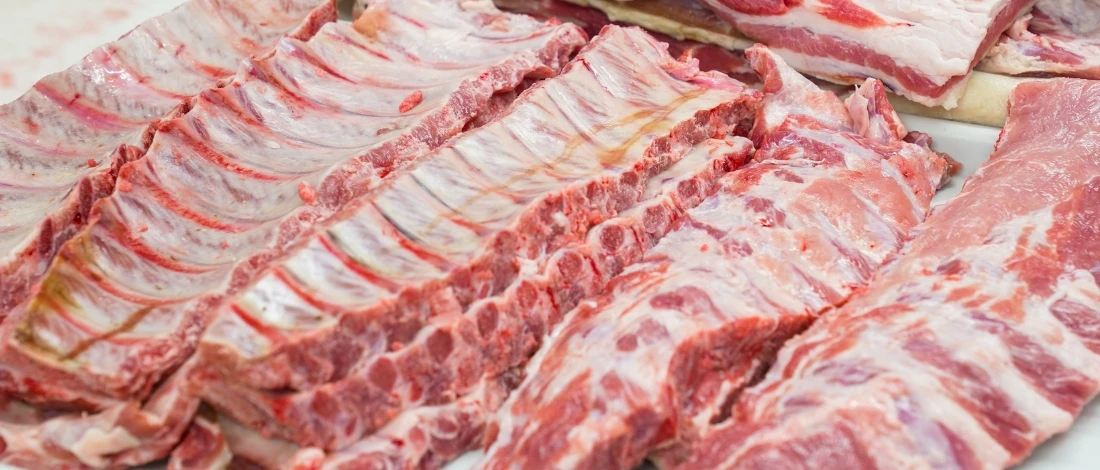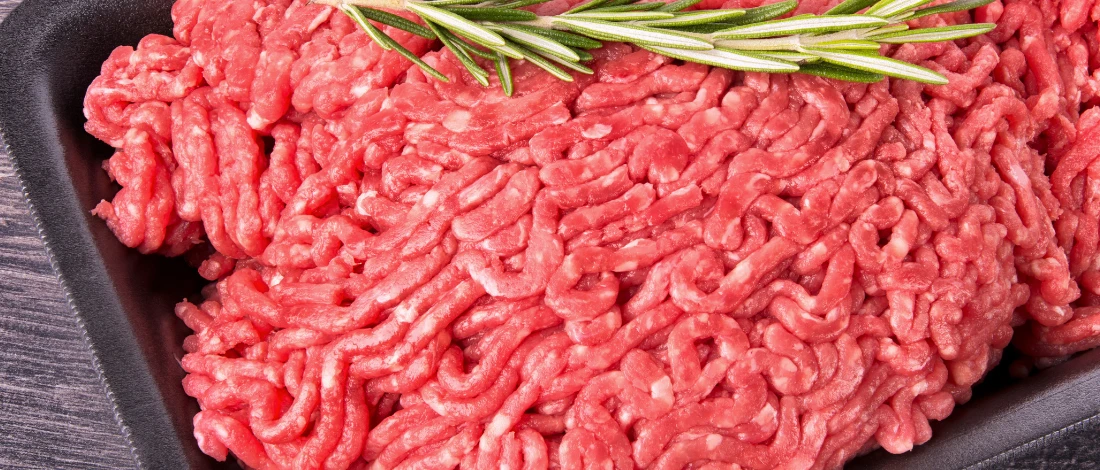Beef prices continue to hit record highs across the U.S., but demand for ground beef remains steady as shoppers, farmers, and restaurants find ways to adapt.
The price of a pound of ground beef soared to $6.67 before the July 4th weekend, marking the highest cost ever recorded by the American Farm Bureau Federation (AFBF). This represents a nearly 70-cent increase from May, with prices having risen 16% compared to last year and nearly 50% over the past five years.
According to Paul Savage, director of commodities forecasting at ArrowStream, factors such as supply shortages, high demand, and financial pressures like rising interest rates are driving up prices.
A significant factor is the shrinking U.S. cattle population, which has fallen to 86.7 million head, the lowest level since 1951.
Droughts in cattle-producing states like Texas, Kansas, and Nebraska have severely impacted grazing conditions, leading to farmers culling herds.
Simultaneously, trade disruptions and rising tariffs have further increased production costs. The outbreak of New World Screwworm, a parasitic fly affecting cattle, also halted beef imports from Mexico, adding to the strain.
“The rising cost of beef is a perfect storm of domestic supply issues and global trade disruptions,” says Robert Khachatryan, founder of Freight Right Global Logistics.
The ongoing challenges with fuel volatility and driver shortages in the freight sector are further escalating transportation costs, which are then passed down the supply chain, from ranch to processor to store shelf.
As for the future, the USDA predicts that cattle prices will remain high through 2026, meaning beef prices at retail stores likely won’t decrease anytime soon. Despite these soaring prices, beef remains the second most-consumed meat in the U.S., with nearly 57 pounds per person consumed annually.
Demand has been bolstered by population growth and the popularity of high-protein diets, though consumption hasn’t skyrocketed. “We’re producing about the same amount of beef as we did in 2015, but with a growing population, supply remains tight,” Savage explains.
With the U.S. population reaching 340.1 million in July 2024, an increase of nearly 4 million people from the previous year, this has contributed to tighter beef supply.
Additionally, changes to the Supplemental Nutrition Assistance Program (SNAP) may provide some relief, but it won’t be immediate.
To manage these pressures, the U.S. is increasing beef imports from Australia, New Zealand, and Brazil while limiting beef exports. Farmers are also focusing on raising larger cattle to offset the smaller herd sizes.
For restaurants, many are opting for more affordable cuts like chuck, round, and top sirloin to keep prices down.
At the same time, grocery stores are promoting beef-pork blends, chicken, and seasonal specials to offer more budget-friendly options.
You May Also Like: Arizona Firm Acquires Rochester Meat Co. Real Estate for $13.1M

